For many divers, maximizing bottom time is the key to unlocking the full beauty of the Red Sea’s underwater world. From the vibrant reefs of Ras Mohammed to the haunting wrecks like the Thistlegorm, staying longer at depth means more time to explore, photograph, and experience the marine life that makes this region so extraordinary. Here’s how to extend your dives safely and effectively.
1. Perfect Your Buoyancy Control
Buoyancy isn’t just about comfort — it’s a critical factor in air consumption. The better your buoyancy, the less effort you exert, which translates to using less air. Practice neutral buoyancy on every dive, and consider a Peak Performance Buoyancy (PPB) specialty course to fine-tune your skills.
2. Breathe Slowly and Deeply
Breathing is everything. Slow, controlled breaths allow your body to efficiently absorb oxygen, reducing the need to breathe faster. Inhale deeply and exhale fully to clear carbon dioxide buildup, which is a trigger for faster breathing.
3. Streamline Your Gear
A streamlined setup cuts down drag, making you more hydrodynamic. Tuck away dangling hoses, secure accessories, and wear the right amount of weight — too much weight forces you to overwork to stay buoyant, burning air quickly.
4. Dive Shallower
The deeper you go, the more air you consume. While some sites require depth for the best views, exploring coral gardens at 10-15 meters (33-50 feet) offers longer, more relaxed dives.
5. Get Physically Fit
Good cardiovascular health helps your body use oxygen more efficiently. Regular swimming, running, or cycling can make a big difference to your air consumption rate.
6. Choose the Right Tank
Consider upgrading to a larger capacity tank or even a nitrox mix. Nitrox reduces nitrogen buildup, potentially allowing longer no-decompression limits — perfect for repetitive dives.
Ready to put these tips into action? Book your next Red Sea liveaboard adventure with Red Sea Safaris and experience longer, more rewarding dives!

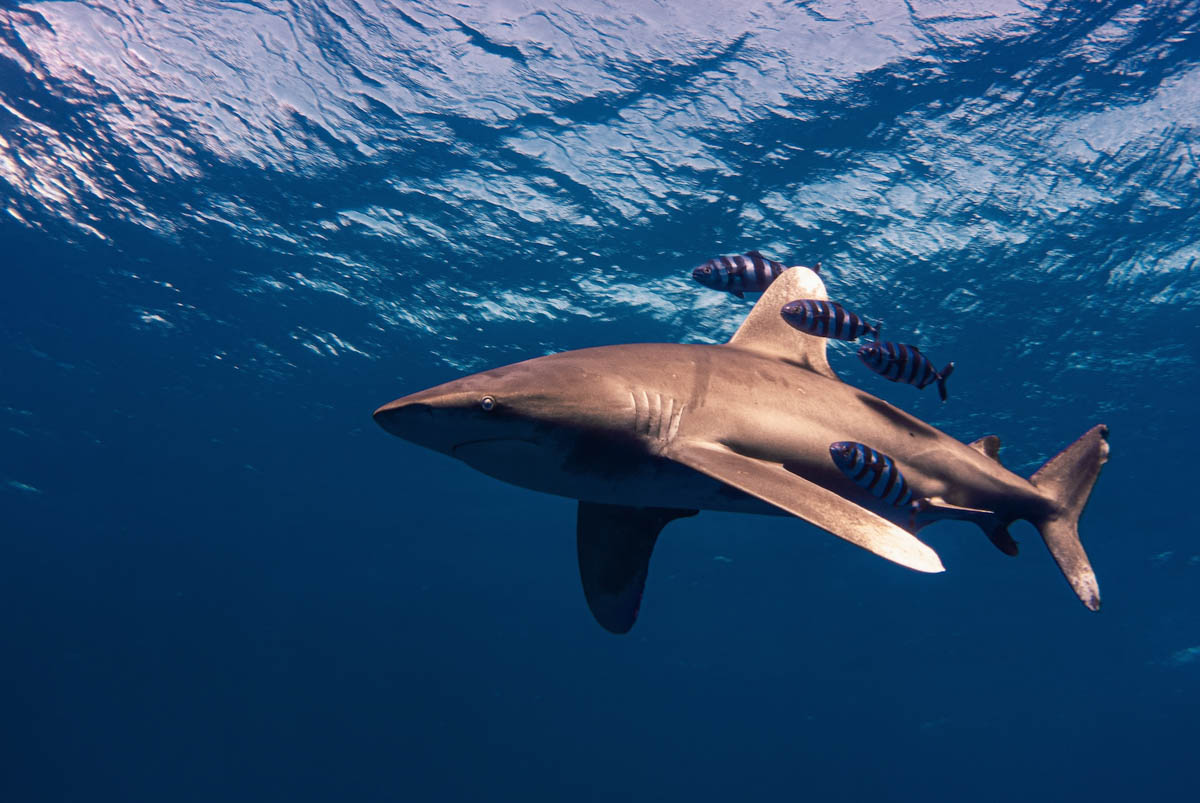
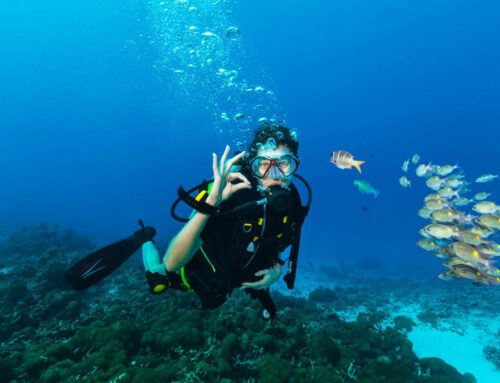
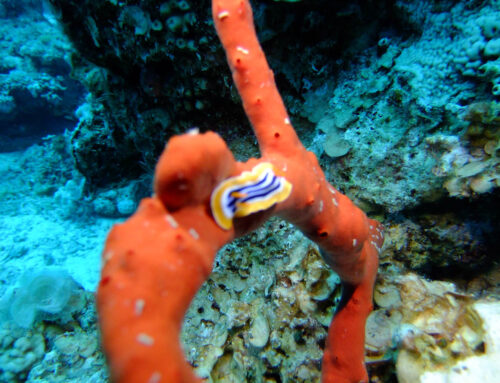
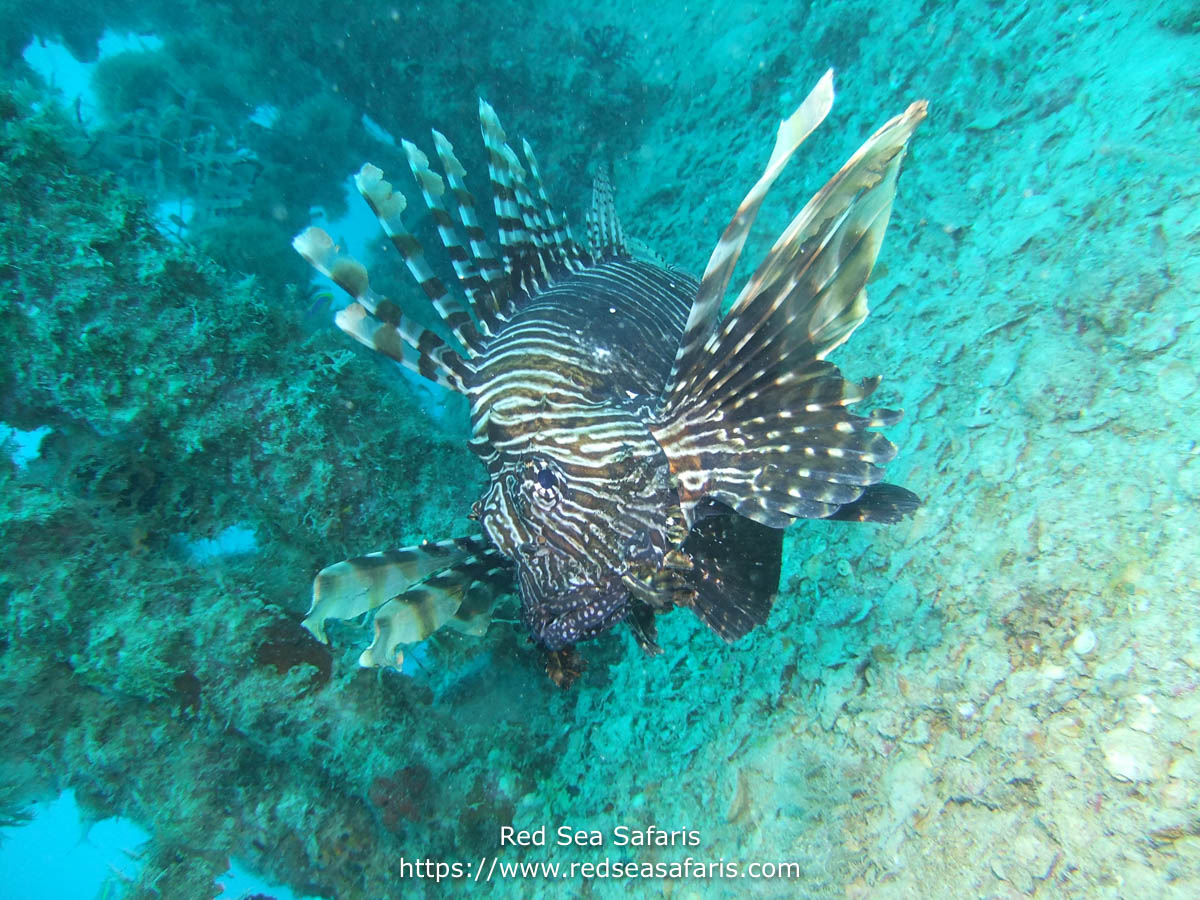
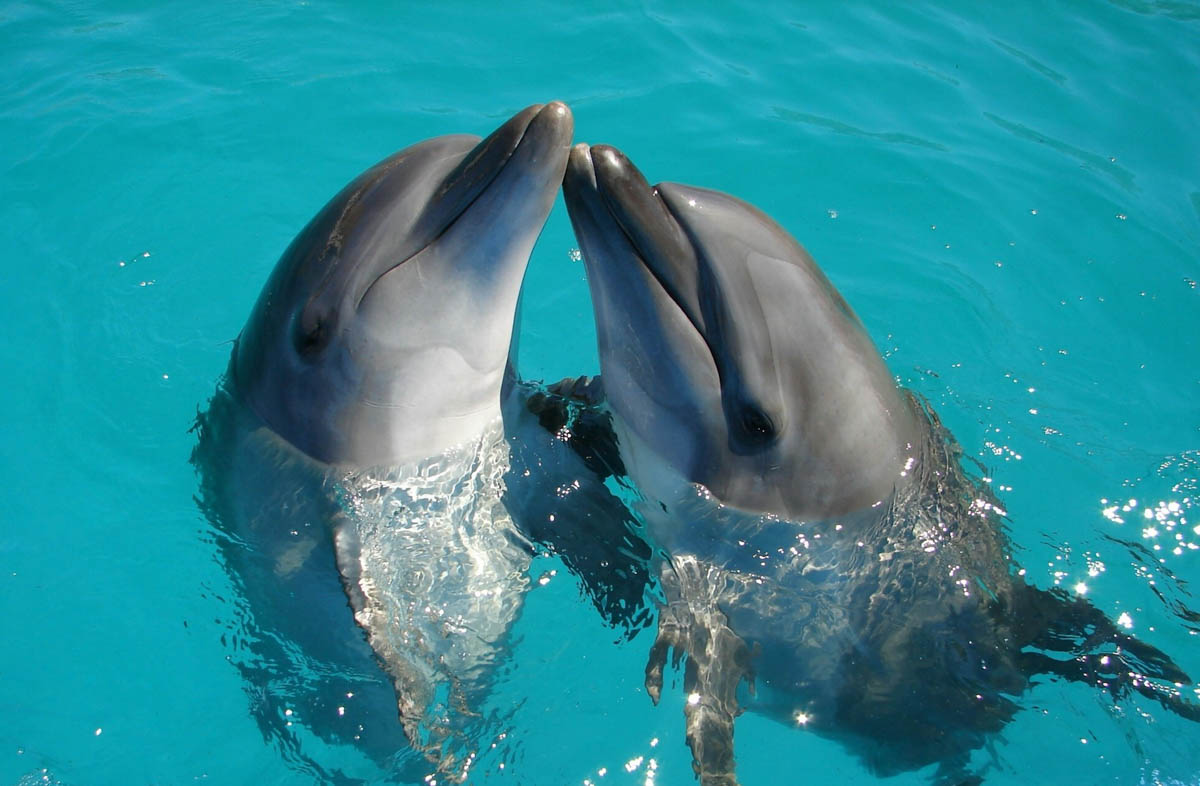
Leave A Comment